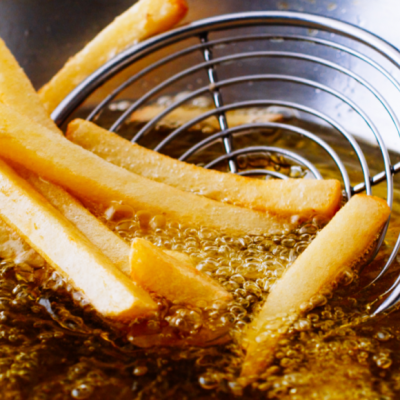A new material has been developed that prevents dirt from sticking to toilet bowls, potentially reducing water consumption from flushing. According to scientific estimates, flushing toilets consumes around 141 billion liters of water daily. With water scarcity already a problem in many regions of the world, researchers are looking for ways to reduce water usage in toilets. Researchers from the Huazhong University of Science and Technology have developed a new material that can almost completely prevent residue from sticking to toilet bowls. The extremely dirt-repellent surface can significantly reduce water consumption from flushing.
The Abrasion-Resistant Super-Slippery Flush Toilet (ARSSFT) is produced using a 3D printer and is made from a combination of hydrophobic sand particles and plastic, with the addition of silicone-based lubricants to create a surface that hardly anything sticks to. Unlike the nanocoating developed by PSU, which loses its effectiveness over time, the ARSSFT toilet offers a more permanent solution. Its surface structure is naturally porous, allowing for the long-term preservation of the oil-based lubricant.
The potential impact of this new material is significant, as flushing toilets accounts for a large portion of daily water usage worldwide. The development of the ARSSFT toilet could help reduce water consumption and alleviate water scarcity in areas where it is a pressing issue. The research team is currently working on scaling up production and hopes to bring the ARSSFT toilet to market in the near future.










